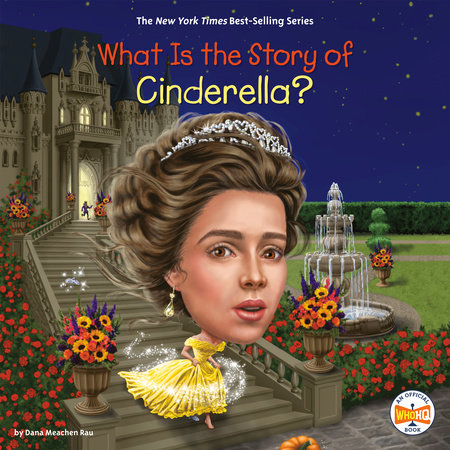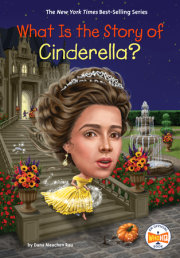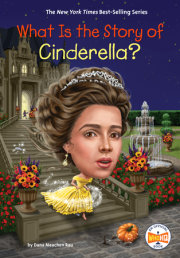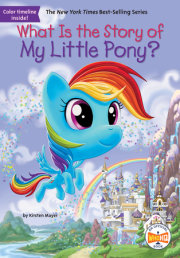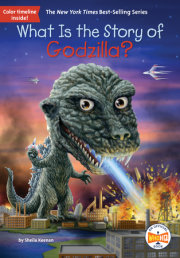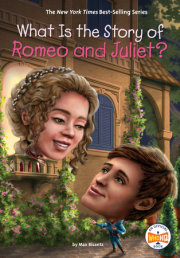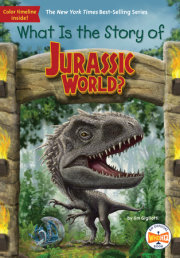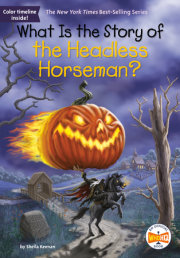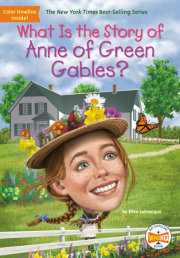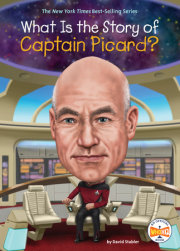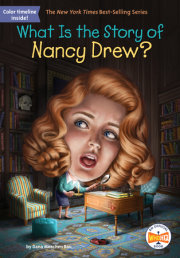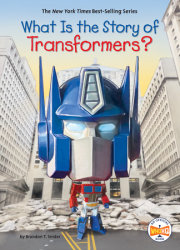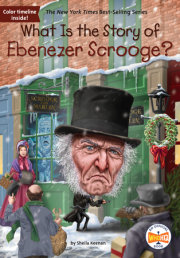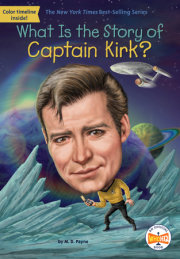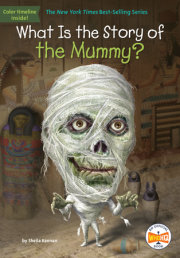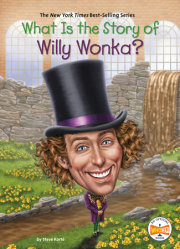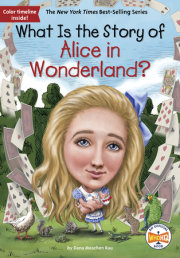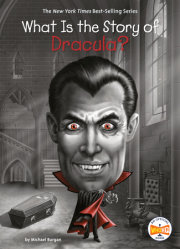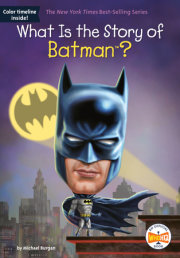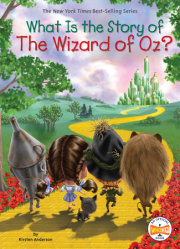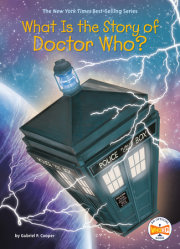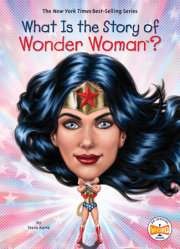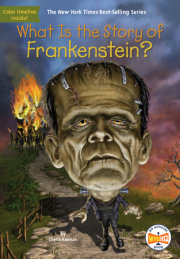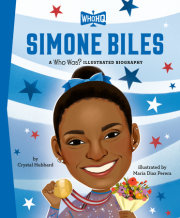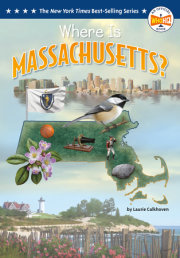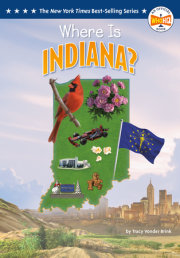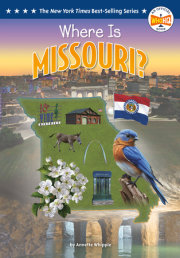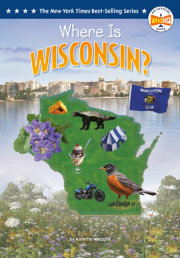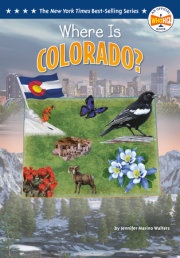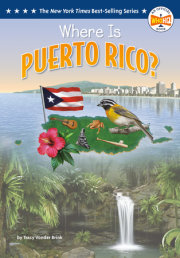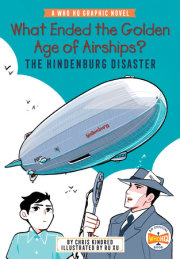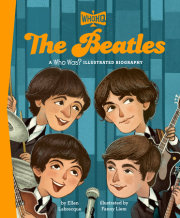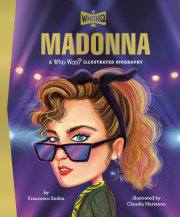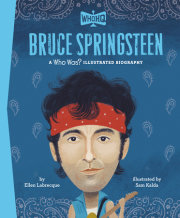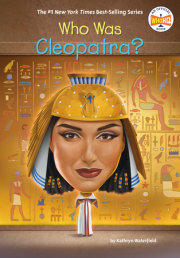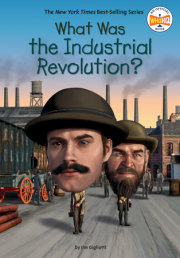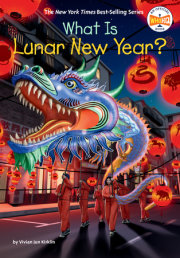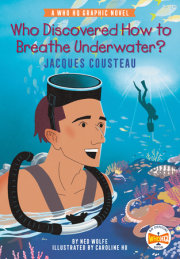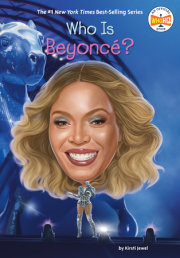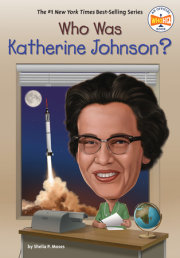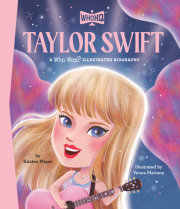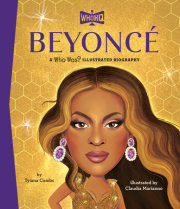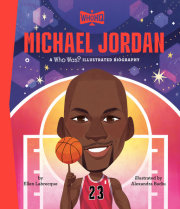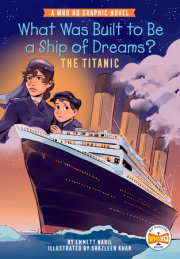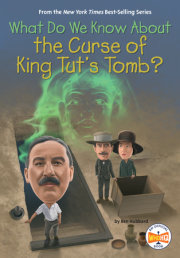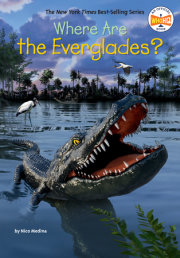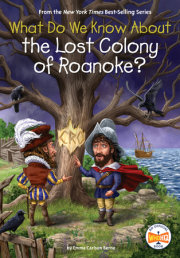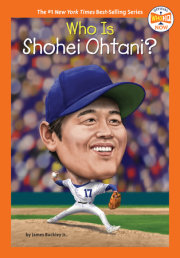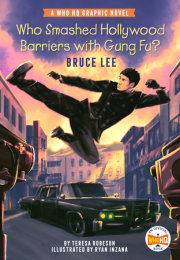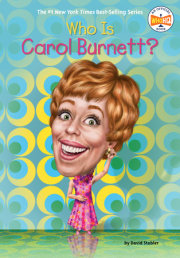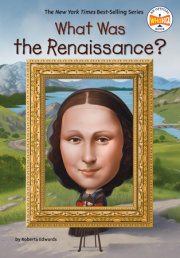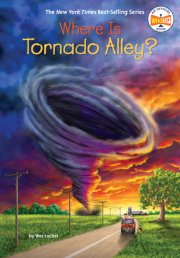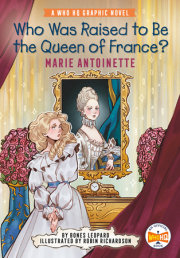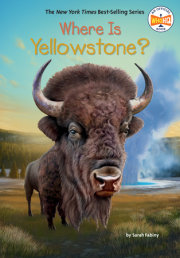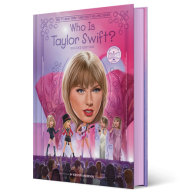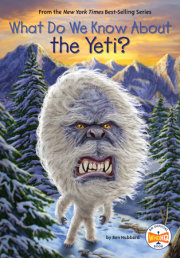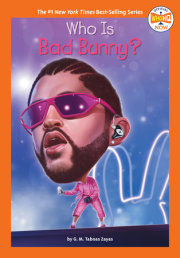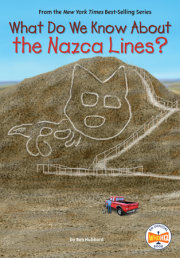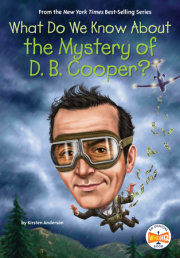What Is the Story of Cinderella?Once upon a time, on a stage in New York City in 2014, Cinderella twirled. Her dress turned from rags into a beautiful gown in front of an amazed audience.
The actress Keke Palmer played the popular princess in the Broadway show
Rodgers and Hammerstein’s Cinderella. As a child, she had dreamed of acting, singing, and dancing on Broadway someday. But she never imagined it would happen when she was only twenty-one years old. She had always liked the fairy tale about a hardworking girl who had big dreams. Keke was thrilled to be the title character in a story that proved all things are possible if you believe.
Most everyone has heard of the princess Cinderella. In the popular fairy tale, Cinderella is a poor servant who is treated cruelly by her stepmother and stepsisters. After some magical help, she goes to a royal ball where she and a prince fall in love. When the clock strikes midnight, she rushes away, leaving only a shoe behind. The prince has all the maidens in the kingdom try on the shoe in order to find her. When he does, they marry, and Cinderella becomes a princess.
While the character Cinderella is familiar, many people haven’t heard of Rhodopis, Ye Xian, Zezolla, Cendrillon, and Aschenputtel. They are all Cinderellas, too! These characters start as poor girls and become royalty by the end. Cinderella as we know her today came from these earlier stories.
Characters in fiction books are imagined by the author. But Cinderella was not created by one author in one story. Cinderella-like characters have appeared in many cultures over thousands of years in hundreds of stories. Most of these tales have a moral, or a lesson the reader learns when they read the story. This is often the same: Cruelty will get you nowhere, and kindness deserves the biggest reward.
Cinderella’s story has been retold so many times throughout history because everyone can relate to her. Like Cinderella, everyone feels down at times and hopes for a better life. Everyone wants their wishes to come true.
Chapter 1 The Flying Sandal Storytelling has always been an important part of how people communicate with each other throughout history. Before people even created writing, they drew pictures on cave walls to tell stories. Groups also gathered together and listened to stories being told out loud. These tales had a purpose in a community: They entertained listeners, but they also passed down important history and taught lessons about the world. As cultures created written languages, people started writing down stories.
In those early times, it was not as easy to travel as it is today, which meant the stories stayed within the area where they were first told. But eventually people started to explore. They traded goods and ideas with other cultures. They shared their stories, too. Travelers brought tales home and retold them.
The storyteller sometimes changed parts and added details so that listeners could better understand the story, creating a new version of the original.
The story of Cinderella was first written down about two thousand years ago in ancient Greece. Strabo (say: STRAY-bow) was a geographer, historian, and writer born in 64 BCE. At the time, people didn’t know much about how the world looked. So Strabo traveled the lands around the Mediterranean Sea and into northern Africa. He mapped those areas and wrote history and geography books about what he’d discovered.
In his book
Geography, Strabo describes the sights he saw on a trip to Egypt. A guide took him to see the Pyramids of Giza—three huge stone structures built as tombs for pharaohs, or kings.
Strabo was told that the smallest pyramid honored a woman called Rhodopis (say: RO-dop-is), which means “rosy cheeked.” They also told Strabo a story about her.
Rhodopis, a beautiful but poor woman, was bathing in the Nile River. An eagle swooped down and snatched one of her sandals from the bank. It flew far away, down the river to the city of Memphis in Egypt where the pharaoh lived. The pharaoh was leading an outdoor meeting. The eagle dropped the sandal into his lap. Surprised, the pharaoh looked at it closely. He had to know who wore such a beautiful shoe! He ordered men to search throughout Egypt for the sandal’s owner. They found Rhodopis and brought her to the pharaoh. Rhodopis and the pharaoh married, and she became queen.
The Rhodopis story does not have all the details of the Cinderella story we know today. But it contains the most basic parts: A poor girl loses a shoe, and a royal person finds it. A king sends out a search party, and when the girl is found, they marry.
While Rhodopis was a real woman in the sixth century BCE, this story about her is likely not true. But most historians agree that Strabo’s early description of Rhodopis is the very first Cinderella story.
Ancient Scrolls Today, books are filled with printed sheets of paper bound together between covers. But in ancient Greece, reading a story looked very different.
Words were handwritten on papyrus, which was made by pounding together fibers of the papyrus plant to make a paper-like surface. Sheets of papyrus were connected to form one long piece. This piece could be rolled up into a scroll. The text was written in columns so that readers could unroll part of the scroll, read a column, then unroll the next bit, and continue until they reached the end of the whole piece. Chapter 2 The Magical Fish
About nine hundred years after Rhodopis, Chinese writer Duan Chengshi (say: DWAN CHUNG SHHH) wrote another Cinderella--like story. Duan was born to a wealthy family. He was supposed to assist his father in government. Instead, he spent his days on hunting trips. And he always brought stories home with him. Around 850 to 860 CE, Duan wrote a book called
Miscellaneous Morsels from Youyang. It was a collection of tales from an earlier time that he had heard and read. Many of the stories contained magic, including a folktale about a girl named Ye Xian (say: YEH she--ehn). He wrote that he had heard the story from one of his family’s servants who was from the area where this event supposedly took place.
Ye Xian was a smart and talented girl. When her mother died, and then her father, she was left in the care of her stepmother, who also had a daughter. The stepmother worked Ye Xian very hard, making her fetch water and gather firewood in deep and dangerous places.
One day while Ye Xian collected water, she caught a small fish, only about two inches long. It was so beautiful, with golden eyes and red fins, that she wanted to keep it. So she placed it in a bowl of water. The fish grew larger every day. She had to keep finding bigger and bigger bowls to hold it. Soon it was so big that Ye Xian had to release it in a pond where it would have lots of room to grow.
Ye Xian visited the fish often to feed it leftovers. When she visited, the fish greeted her by poking its head above the water and resting it on the bank. It had grown to more than seven feet long.
The stepmother had been watching Ye Xian. She noticed that the fish didn’t come out for anyone except her stepdaughter. She decided to play a trick. “Haven’t you worked hard!” the stepmother said to Ye Xian. She told Ye Xian to take off her own tattered clothes and put on a new dress. Then she sent Ye Xian to get water from a faraway spring. While Ye Xian was gone, the stepmother put on the old clothes and went to the pond. The fish thought Ye Xian had come to visit. When it came to the surface, the stepmother chopped off its head. She cooked it, ate the delicious fish, and hid the bones in the dirt.
The next day, Ye Xian went to the pond and cried that her fish was gone. Suddenly, a man came down from the sky. “Don’t howl!” he said. He told her what the stepmother had done. “You go back, take the fish’s bones and hide them in your room.” He told her to wish on the bones for anything she wanted.
Soon it was festival time. Ye Xian’s stepmother and stepsister headed off to celebrate. They left her home to work, but Ye Xian had another plan. She wished for something to wear. Dressed in gold shoes and a cloak made of kingfisher feathers, she headed off to the festival, too.
While she was there, her stepsister recognized her. Ye Xian rushed home, leaving a shoe behind by mistake. When the stepmother and stepsister returned, they found Ye Xian asleep, leaning against a tree. They thought she hadn’t been at the festival after all.
Meanwhile, someone had taken the shoe to the nearby island kingdom of Tuo Han to sell it. The little, light, delicate shoe ended up in the hands of the king. He was determined to find its owner. He ordered every woman in his kingdom to try it on until he finally found Ye Xian. The shoe fit!
He took her, and the fish bones, back to his country. The stepmother and stepsister were punished for their cruelty and killed with flying stones.
The king married Ye Xian. Then over the next year, he greedily wished on the bones for treasure. When the bones stopped giving him what he wanted, he buried them. Later, when someone tried to dig them up, the bones had been washed away.
This story adds some details that are very familiar to readers today—-a cruel stepmother, magic that grants wishes, and of course, a big party! And like Rhodopis, a poor hardworking girl becomes a queen in the end. But unlike the kings and princes in later stories, this love interest is selfish and unkind.
Copyright © 2025 by Penguin Random House LLC. All rights reserved. No part of this excerpt may be reproduced or reprinted without permission in writing from the publisher.

